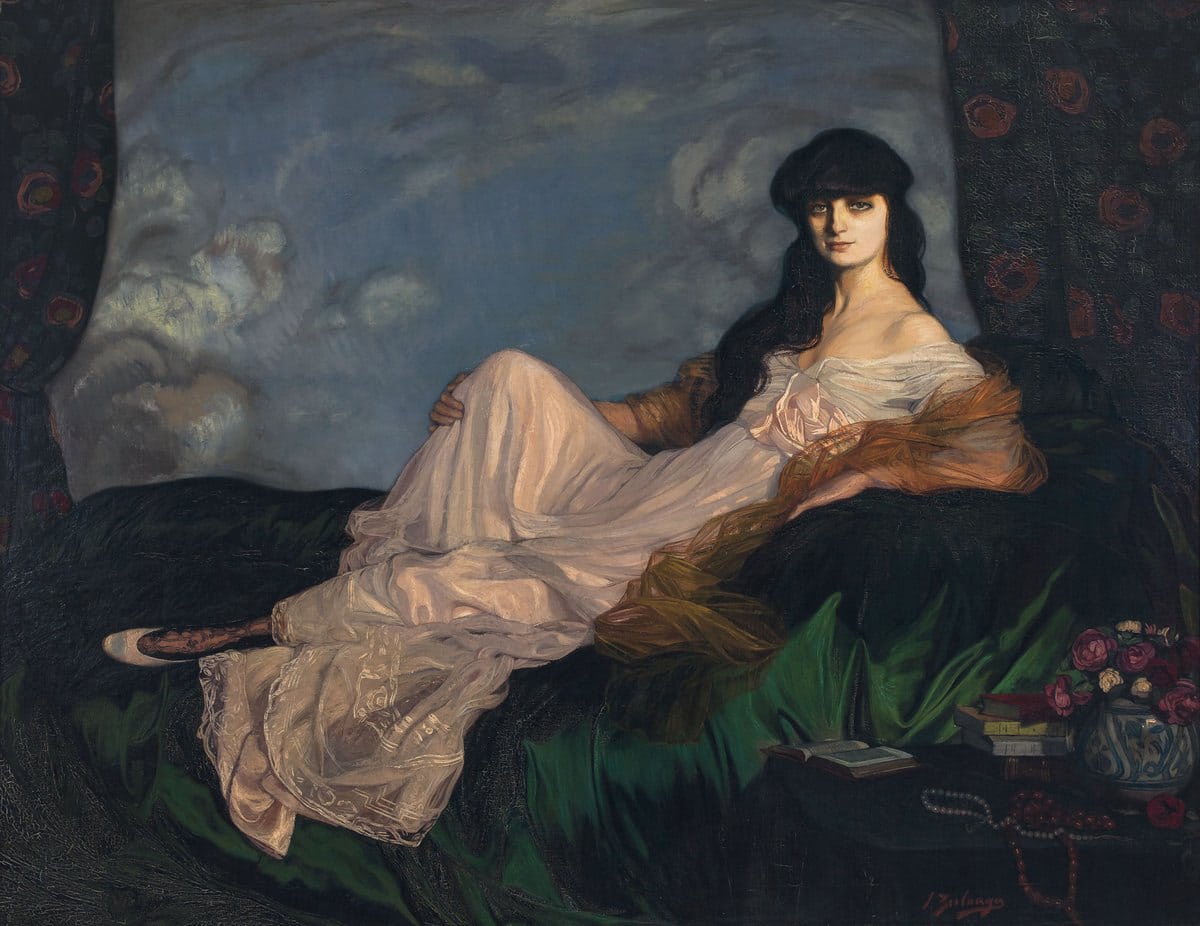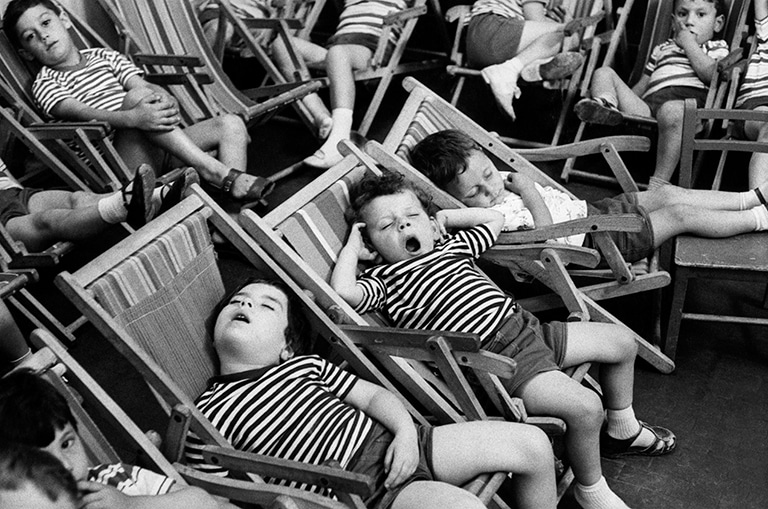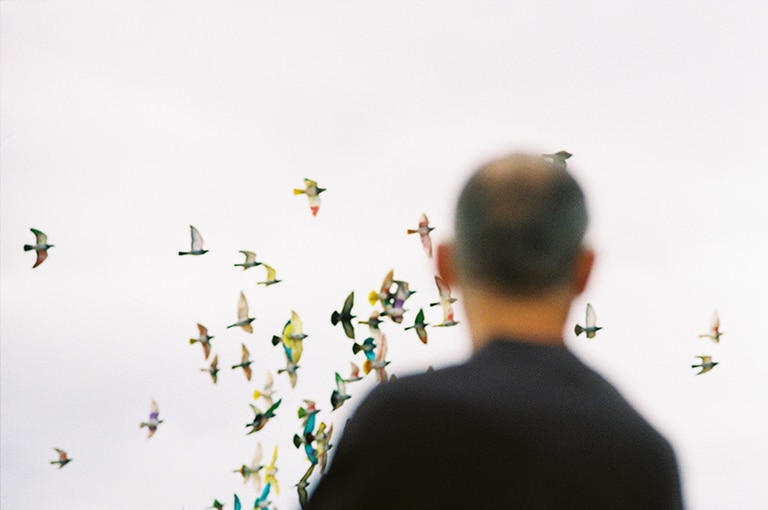Zuloaga in Belle Époque Paris, 1889-1914
SEP.28.2017 ──────── JAN.07.2018

Ignacio Zuloaga
Portrait of Countess Mathieu de Noailles, 1913. Museo de Bellas Artes de Bilbao Inv. 82/50
© Ignacio Zuloaga, VEGAP, Madrid, 2017
Photo: © Bilboko Arte Ederren Museoa-Museo de Bellas Artes de Bilbao
Exhibition
SEP.28.2017 ── JAN.07.2018
Location
Recoletos Exhibition Hall
Paseo Recoletos 23, 28004 Madrid
To be able to talk about Zuloaga’s world view we need to place his work against other artists of the day such as Paul Gauguin, Paul Sérusier, Pablo Picasso, Francisco Durrio, Santiago Rusiñol, Maurice Denis, Émile Bernard, Giovanni Boldini, Jacques Émile Blanche and the sculptor Auguste Rodin, among others. The show, with more than 90 works, has relied on more than 40 lenders, between domestic and international private collections as well as the Zuloaga family itself, and institutions such as the Galleria Internazionale d’Arte Moderna di Ca’ Pesaro, Venice; Museum of Fine Arts, Boston; Musée d’Orsay, Paris; Musée National Picasso, Paris; Musée Rodin, París; Museo de Bellas Artes, Bilbao; National Gallery of Art, Washington D.C.; The State Hermitage Museum, Saint Petersburg and The State Pushkin Museum of Fine Arts, Moscow.
This exhibition is a Fundación MAPFRE production, curated by the Fundación MAPFRE collections curator, Leyre Bozal Chamorro and Pablo Jiménez Burillo, director of the Foundation’s Culture Area.

He activity participated in this ‘fin de siècle’ Paris. No sooner did he arrive than he was in contact with Paul Gauguin, Henri de Toulouse-Lautrec, Edgar Degas and Jacques-Émile Blanche and he showed his work in the leading Parisian salons and galleries. At the same time, his work reflected some of the artistic movements that were in vogue, such as symbolism.
Zuloaga’s Parisian experience is essential for understanding his work as his painting, halfway between French and Spanish culture, greatly surpasses the limits that the traditional art historiography has placed on it, associating Zuloaga to the generation of 98 and thus the movement known as “Black Spain”, a Spain of deep, incomprehensible tragedy. Nevertheless, critics such as Charles Morice and Arsène Alexandre, poets like Rainer Maria Rilke, and artists of the ilk of Émile Bernard and Auguste Rodin considered the Basque’s painter’s work to be a benchmark for modern art.
It was in that dynamic pre-war Paris of the bright lights, the center of literary and artistic taste, where Zuloaga stood out in his own right, following a parallel path and comparable to many of the best artists of the time. It was period that was to end in 1914, not due to the development of the career of Zuloaga – who, once he had found his own voice and his place on the international stage, would continue working within the same parameters – but rather because Paris and Europe were to be completely transformed by the Great War.
Émile Bernard and Auguste Rodin Zuloaga enjoyed a close friendship with the painter Émile Bernard and the sculptor Auguste Rodin. In the case of Bernard, who he met in Seville 1897, what united them was the same interest: admiration for the pictorial tradition and for the old masters. The relationship with Rodin came out of the deep admiration that the Basque painter expressed for the work of the sculptor. Both artists exchanged pieces of work, exhibiting together in various European cities and traveling through Spain together in 1905.
Portraitist: Zuloaga mixed with the social and intellectual elite of the French capital and played a prominent role as a portraitist in the Paris of the Belle Epoque. Thus, along with distinguished painters like Jacques-Émile Blanche, Antonio de La Gándara, Giovanni Boldini and John Singer Sargent, Zuloaga was one of the most sought after portraitists of the time as demonstrated by the portraits of Countess Mathieu de Noailles and Maurice Barrès.
The journey: One needs to understand the importance that the Parisian experience has in Zuloaga’s work as it enabled him to find his own artistic roots. The eagerness to discover the truly authentic led many artists, among them Gauguin and Bernard, to escape the capital in the search for a pure world, uncontaminated by industrial civilization. Zuloaga, however, undertook a journey in reverse, and left Spain to live in Paris only to return to find his Spanish roots, providing us with a vision of Spain in which realism and symbolism, tradition and modernity all merge together.
Download press conference:
If you would like high resolution images, please let us know for which publication or media is your request: Click here.




